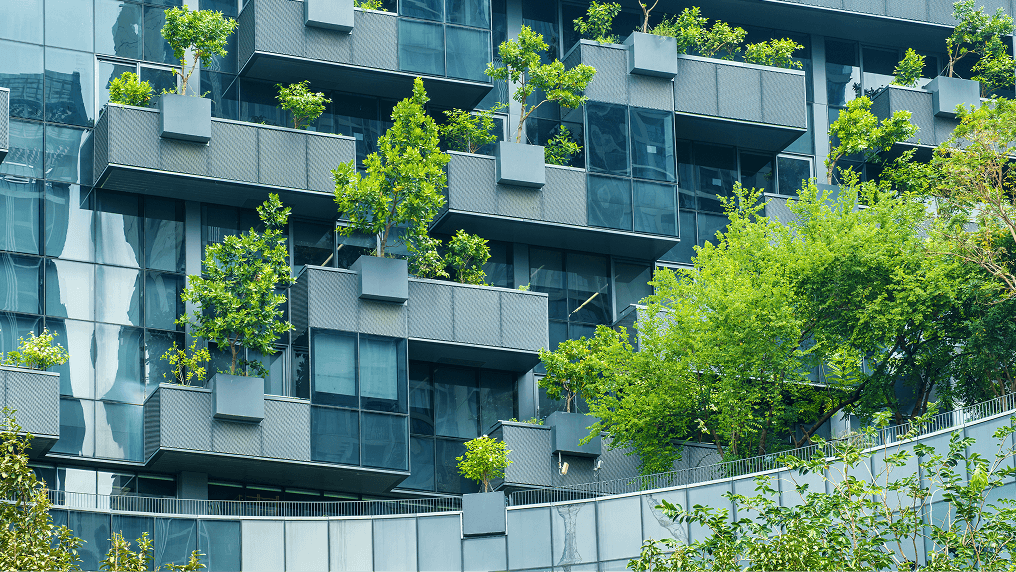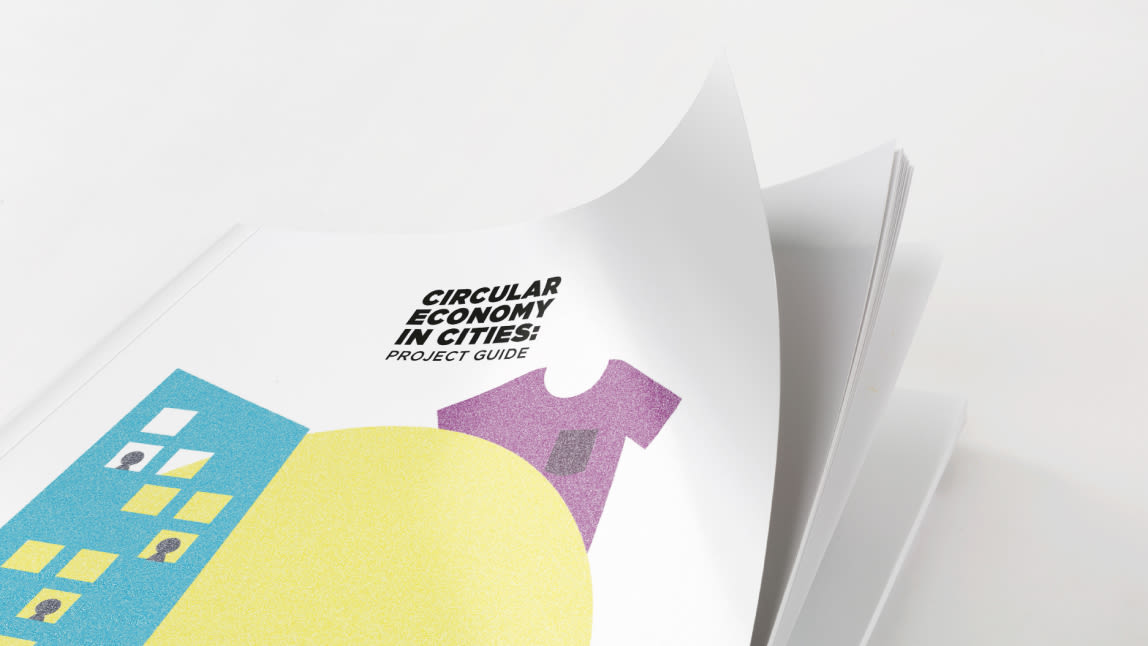The Circular Buildings Toolkit will help designers and planners create a better future in the built environment sector. Arup and the Ellen MacArthur Foundation launched the toolkit in a bid to bring a circular economy for buildings into the mainstream, and future-proof assets in the face of a rapidly changing policy landscape.
The toolkit has taken the principles of the circular economycircular economyA systems solution framework that tackles global challenges like climate change, biodiversity loss, waste, and pollution. It is based on three principles, driven by design: eliminate waste and pollution, circulate products and materials (at their highest value), and regenerate nature. and translated them into a prioritised set of strategies and actions relevant for real estate projects. Alongside circular building guidance are real-life examples of how building design and operation can utilise the principles of the circular economy, there are case studies from recent projects around the world, including:
the use of material passports in a leading Sydney development
hired building materials in a temporary structure in the Netherlands
a modular lighting system in Seoul
prefabricated timber structures in London.
To date, the building industry has predominantly been focused on energy efficiency in buildings, but in order to reach net zero the industry will need to address the embodied carbon of buildings – the emissions associated with materials and construction processes.
The toolkit adopts a high level framework – build nothing, build for long term value, build efficiently, and build with the right materials – which breaks down into strategies and detailed actions so that designers and planners can embed circular economy principles into the very beginning of new projects.
The Circular Buildings Toolkit is free to use and open to all, and will remain a live, constantly updated resource, showcasing practical learnings from the latest circular projects around the world.







